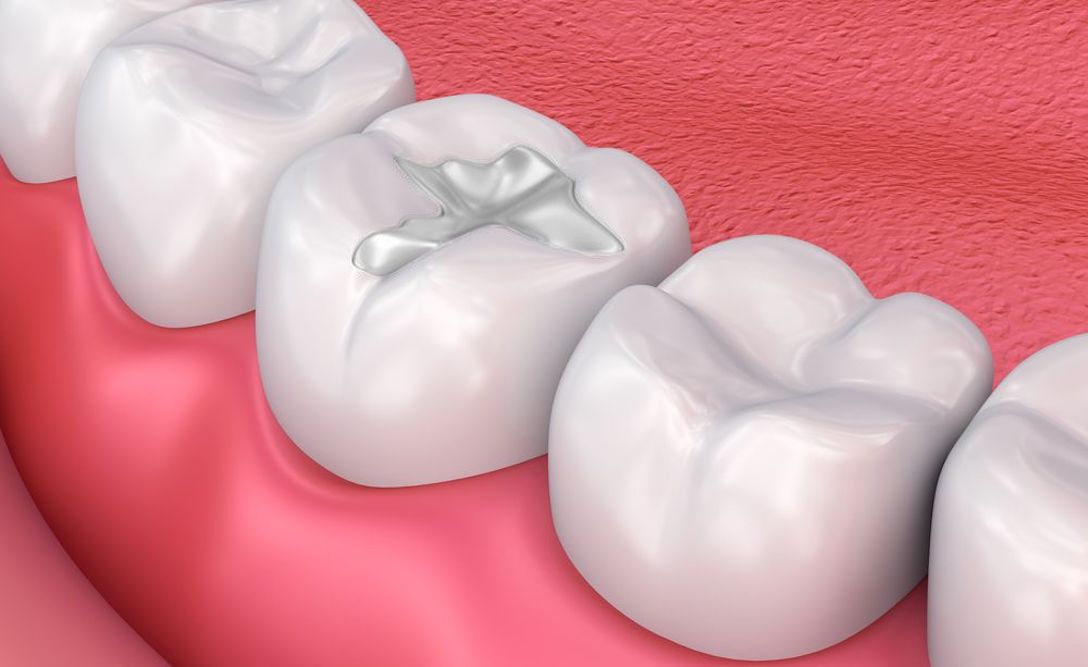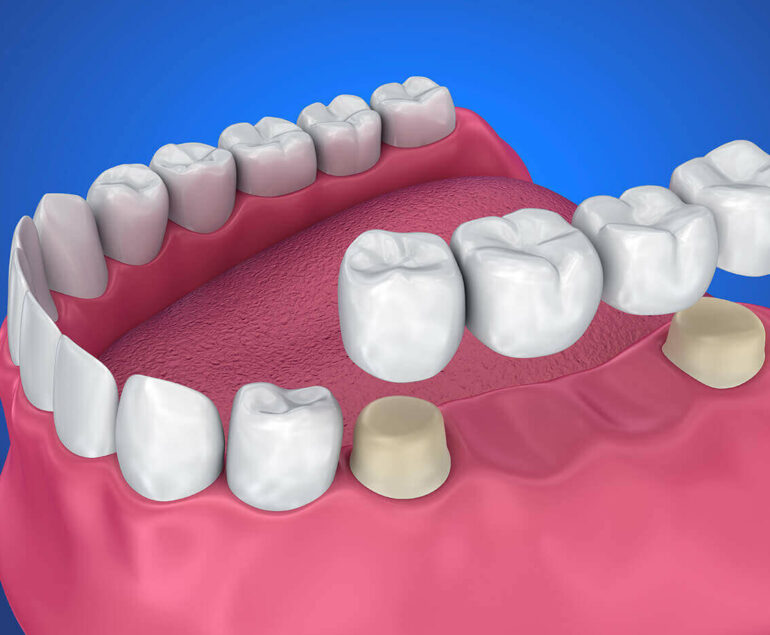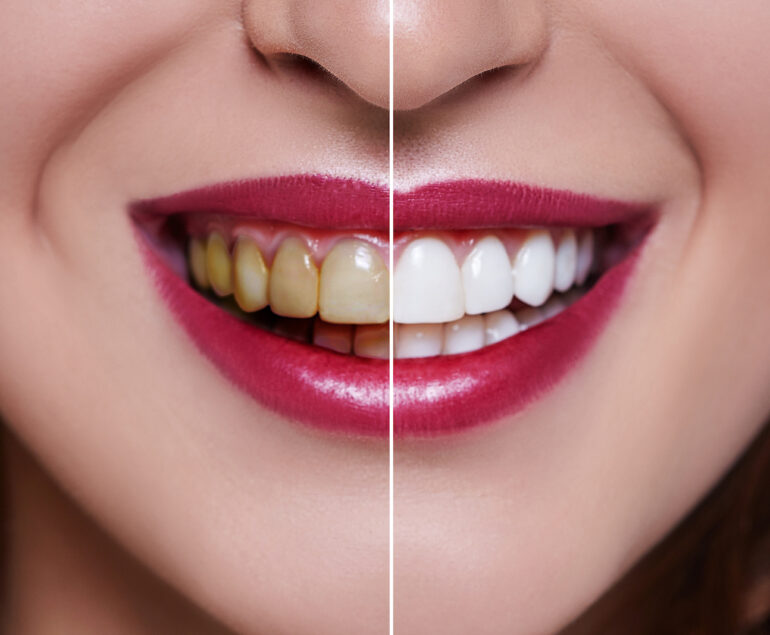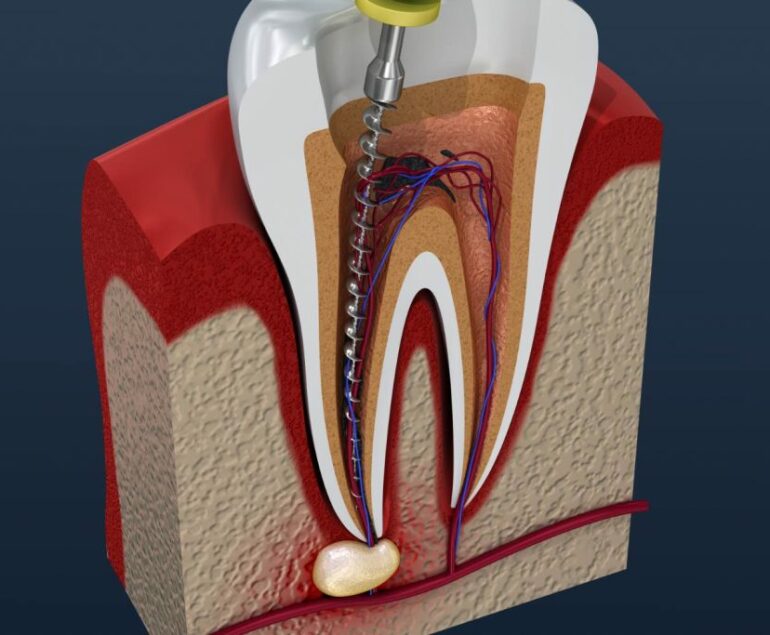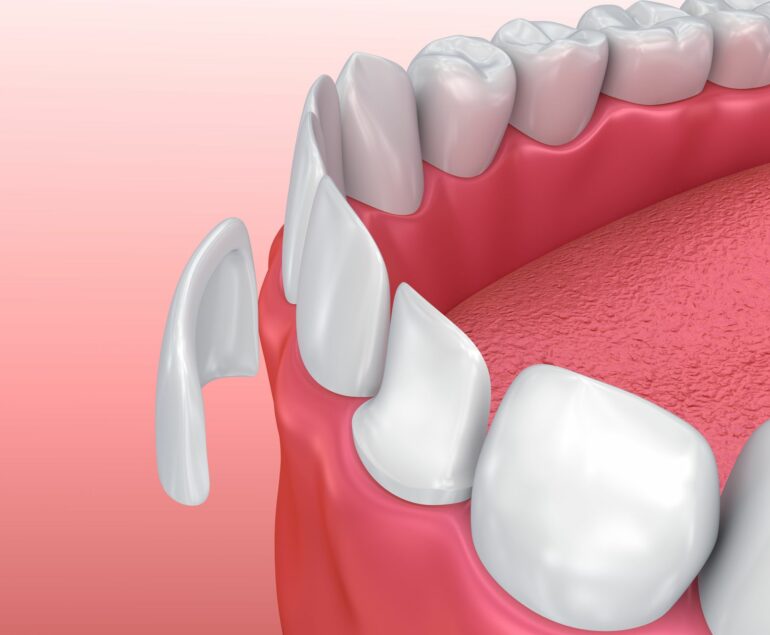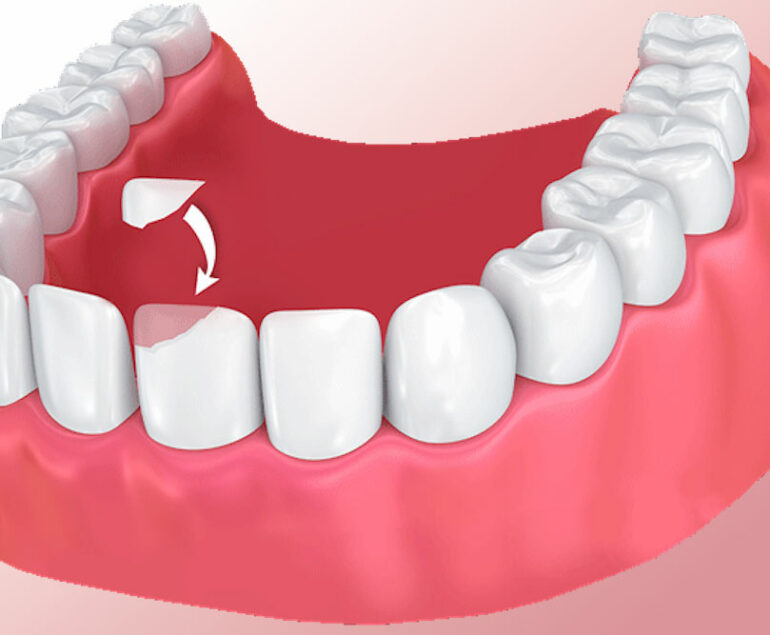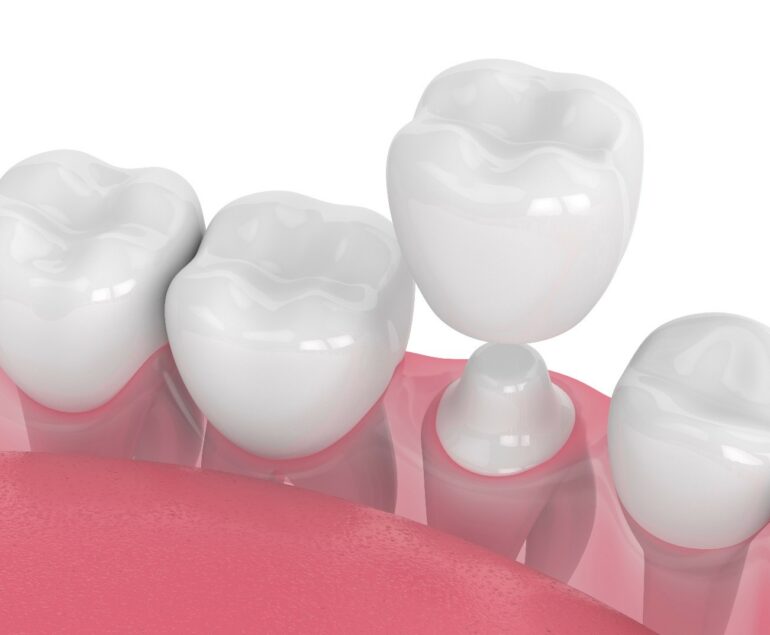White Composite Fillings
If you have a cavity in one of your teeth, we will probably recommend getting a White composite filling as soon as possible to ward off infection and shore up your tooth.
There are several different kinds of materials used for dental restorations, but the most common types of fillings are amalgam and composite (or composite resin).
Amalgam was the most widely used material for many years, but composite fillings have been growing in popularity for their combination of looks and durability. In this article, we’ll explain what white composite fillings are, how long they last, and how safe they are.
What are white composite fillings?
White Composite fillings have a more natural appearance than other options. The composite material can be customized to match the shade of your tooth, so they’re almost unnoticeable to anyone who glances at your mouth.
But what is that tooth-colored material? It’s a mixture of plastic (acrylic) resin that’s reinforced with a powdered glass filler. It’s useful for a variety of dental restorations, including
- fillings
- veneers
- inlays
- crowns
Our dentists also sometimes use this composite resin material to repair or restore parts of broken or chipped teeth.
Other filling materials
Your dentist may offer several choices when it comes to materials for a filling. Here’s how they stack up against each other.
Amalgam (silver)
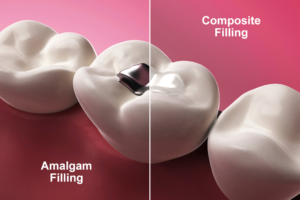
These were the most commonly used type of filling for many years, and they’re still widely used in many parts of the world. They’re very durable and may last about 15 years or more. The process is relatively simple since a dentist doesn’t have to worry about keeping the tooth clean and dry during the installation. They also cost less than other materials used in dental restorations.
Their popularity has waned in recent years. Since they’re not tooth-colored, they don’t look as natural.
Amalgam fillings also contain mercury, although the American Dental Association has deemed it a “viable and safe” option. A 2014 review of research noted that there’s insufficient evidence of any adverse events, although more research is needed on that front.
Gold
Gold fillings are more expensive than other types of fillings, but you do get what you pay for. They’re durable and can last 20 years or more. They typically require a two-visit process.
Ceramic
Ceramic fillings, which incorporate a type of porcelain, also tend to be pretty long-lasting, with an expected lifespan of as much as 15 years. But they’re not very commonly used, tend to be very expensive, and also require a two-visit process.
Glass ionomer
Glass ionomer fillings are made with a glass filler. Like composite resin fillings, glass ionomer fillings are tooth-colored and can be shaded to blend in with a person’s teeth. This means they’ll be less obtrusive than an amalgam filling.
They also release fluoride, which lessens the chance of a new cavity forming. But they’re also less durable than amalgam fillings and will not last as many years. Also, they may not be appropriate for large cavities.
Composite fillings benefits
- durable
- natural appearance (tooth-colored)
- usually can be completed in one visit
- resists fracture
- can be used to fix minor flaws and larger damage
- only short-lived temperature sensitivity after the procedure
The white composite fillings procedure
Unless there are special circumstances, the process of getting a composite filling is fairly straightforward and can be finished in one visit.
Our dentist may start by selecting the shade of composite to use in your filling at the beginning of your visit. You’ll get a shot of a numbing agent for local anesthesia to numb the tooth and surrounding area.
The dentist will drill into your tooth enamel and remove the decayed part of your tooth.
They’ll clean and dry the area and prepare the tooth. With more extensive damage, this might entail some tooth shaving.
Our dentist will etch and bond the tooth.
They’ll begin layering the composite material into the hole in your tooth. They’ll use a light to cure the composite filling and get it to set. Since the composite is applied in layers, the light will be used to cure each layer before going on to the next.
Our dentist will shape and contour the tooth, then polish it. They’ll check your bite to make sure you’re comfortable with the restoration. Afterward, you might have a little short-lived sensitivity to heat and cold, but it should go away pretty quickly.
If installed properly, a composite filling won’t look too different from your actual tooth.
Wrapping it all up
A composite filling may satisfy your desire for a filling that looks good and doesn’t detract from your smile. Additionally, it may prevent further tooth decay from weakening your tooth.
We can talk with you about your options to make sure this is the best one for you. That way, you’ll know what to expect from your filling.

